Student-athletes attend seven-hour school days followed by multi-hour practices. Their weeks are filled to the brim with busyness and athleticism. Physical education has been a part of students’ schooling since their first elementary dodgeball game. But, over time, as students get more involved in other activities, the necessity of physical education becomes more questionable.
The Iowa Administrative Code requires all physically able and enrolled students to take physical education each semester. This class is essential for the full education experience as it promotes healthy habits and encourages exercise.
However, some schools exempt students from physical education due to active engagement in a sport.
An excusal requires 15 hours of physical activity per semester in a school sport. “If a student is participating in ‘an activity that is sponsored by the school in which the student is enrolled which requires at least as much participation per week as one-eighth unit of physical education,’ the student’s parent may request excusal from physical education in writing,” wrote the Physical Education and High School Programs Information for Iowa.
Most school-sanctioned activities at Pleasant Valley exceed far beyond the 15 hours per semester requirement, yet all high school students still have to take a gym class every other day. The school district plans on keeping requirements consistent for all students.
Physical education in school provides an opportunity for students to further their training and develop athletic skills throughout the week, but for student-athletes, the physical education requirement feels unnecessary.
Playing games with friends in gym class allows students to socialize, have fun and get some exercise, and weight training allows students to gain strength and establish healthy practices. But for the students already receiving those same benefits in their sport, the PE requirement is just another item to fit into their schedules.
Most upperclassmen athletes come to school by 7:00 a.m. for weight training, and many students with full schedules come before or after school to take gym classes. If student athletes were excused from PE, they could get additional sleep, finish more homework and mentally rest to be fully prepared to take on their day of academic classes and sports practices.
Student athletes only have so much time in their day, so priorities must be set on how they spend their hours before, during and after school. Varsity PV Platinum dancer Maicey Munn said, “I believe athletic practices should count as a gym credit because the amount of physical activity that goes into our dance team practices is way more than what is happening in gym class.”
Sports practices are rigorous, and they address areas of improvement specific to that sport. All school sports require crucial athleticism, but each activity drills in on certain elements like cardiovascular endurance, muscular strength, accuracy, speed or performance.
Because different sports require different training, the physical education or weight training benefits do not always apply to all students. “Physical education can sometimes feel like a waste of time, and it makes my body sore for my sports that happen after school,” Munn expressed.
Sometimes physical education classes fall flat, but other times they meet the needs of athletes seeking additional training during school. “I, personally, do enjoy school lifts during my varsity swim season. I admit, it is tiring at times since I’m already committing to nine practices a week, but I feel rewarded working out more in PV’s physical education program,” stated varsity swimmer Grant Yuska.
Physical education contains numerous positive impacts such as improving health, boosting energy and advocating for exercise. Plus, it also develops motor skills and helps productivity in the classroom. This is key for student athletes. “Lifting helps overall because it maintains my strength in the off-season. This assists me, as well as others, in preparing for the steep intensity curve early high school swim has,” Yuska added.
School-sanctioned sports offer significant physical activity. This raises the question of whether athletic practices provide equal or even greater benefits than PE classes. Ultimately, the focus is on meeting the physical education requirements set by the state. In the years to come, some schools will continue the tradition of requiring physical education classes while others will take the next steps to provide more flexibility for student athletes.


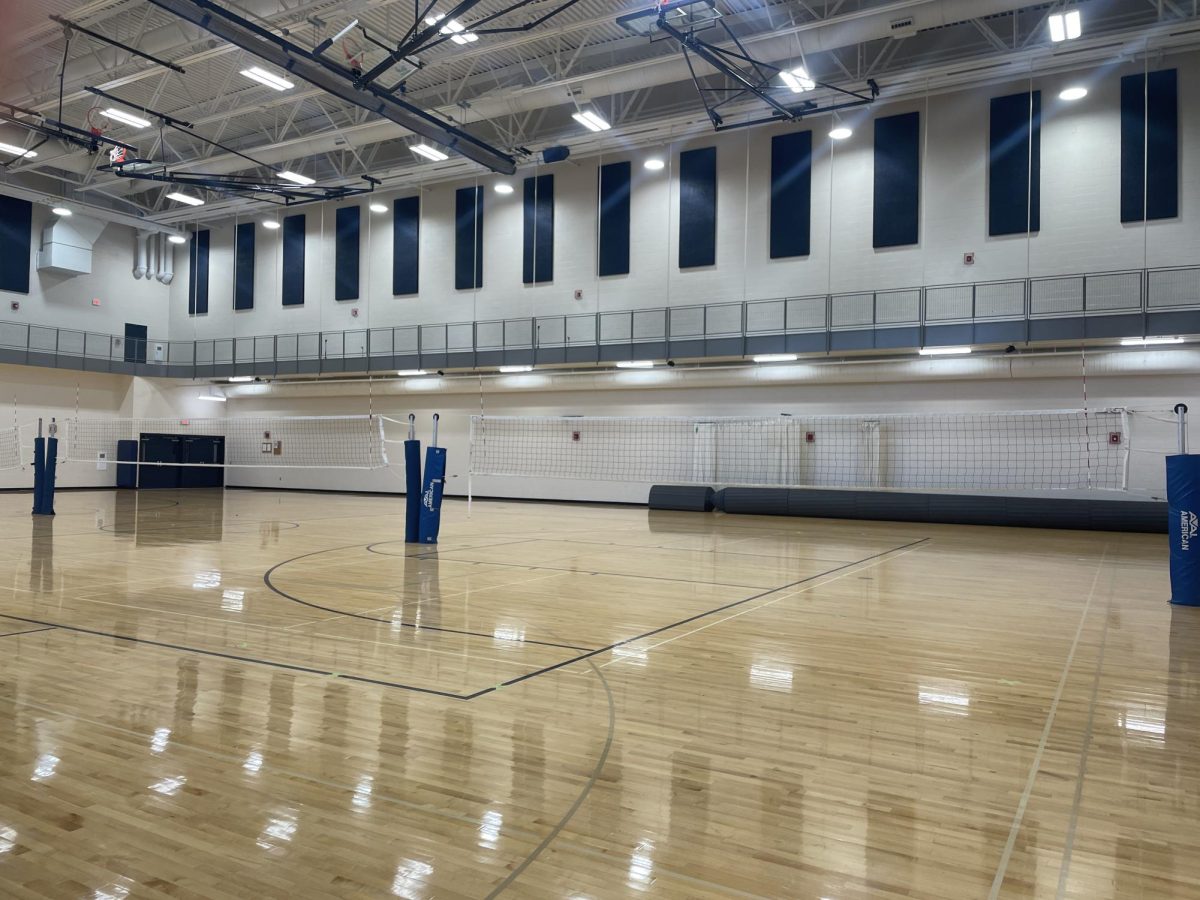
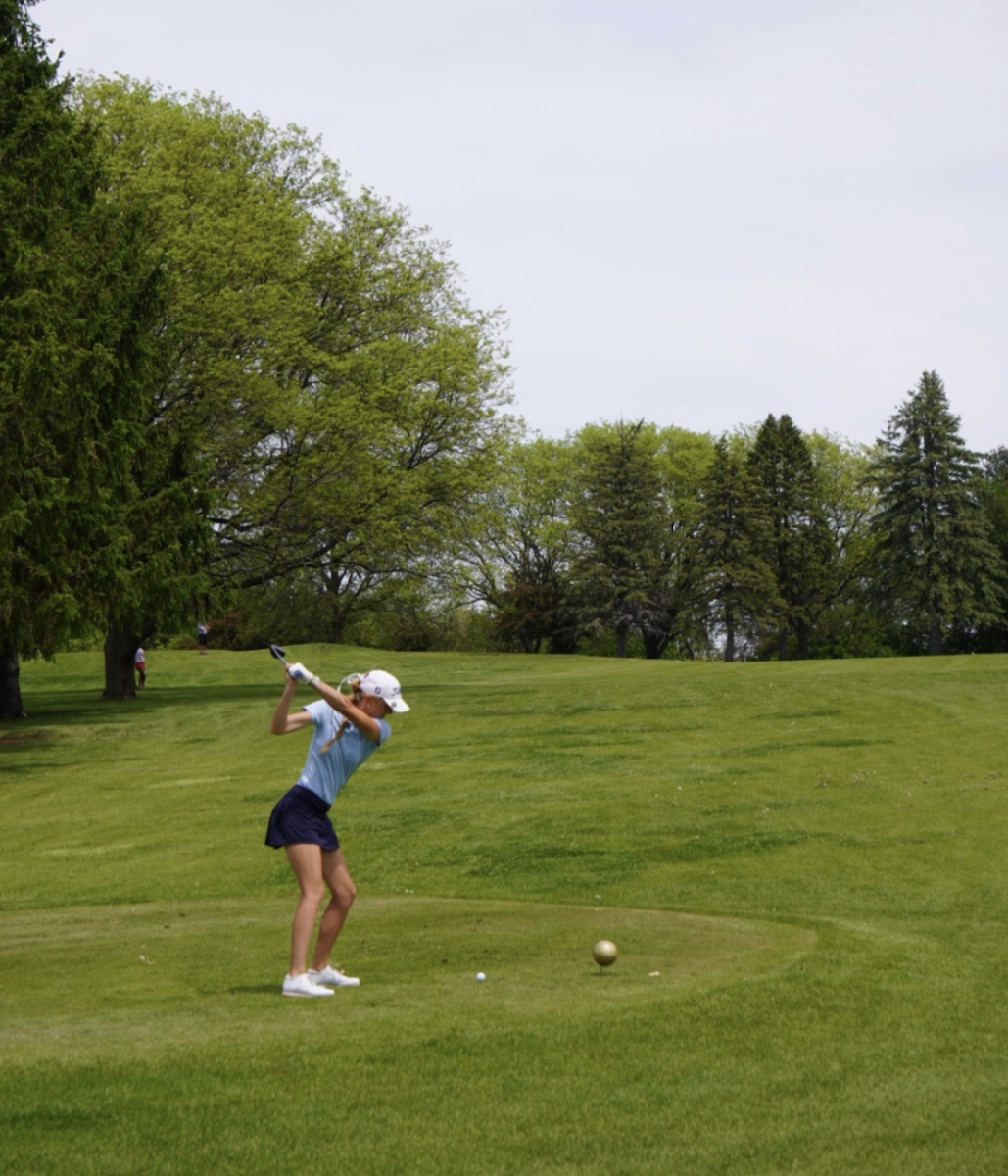
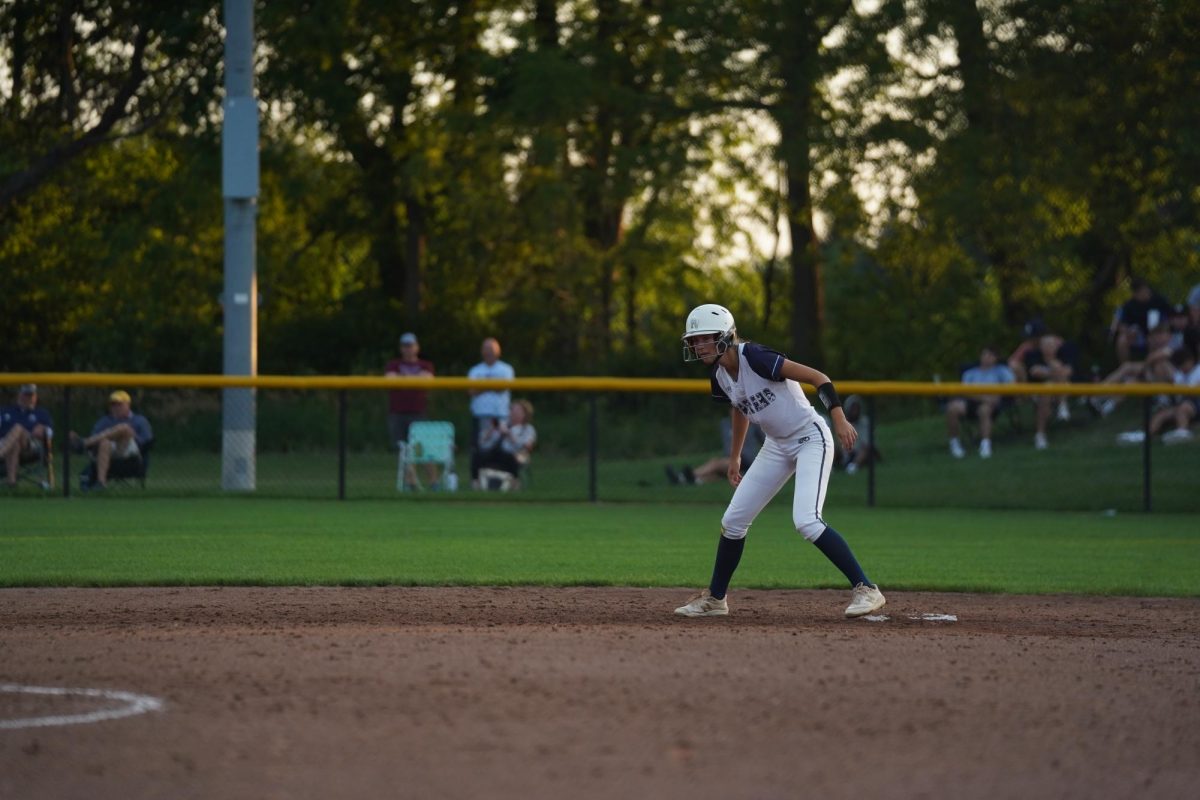

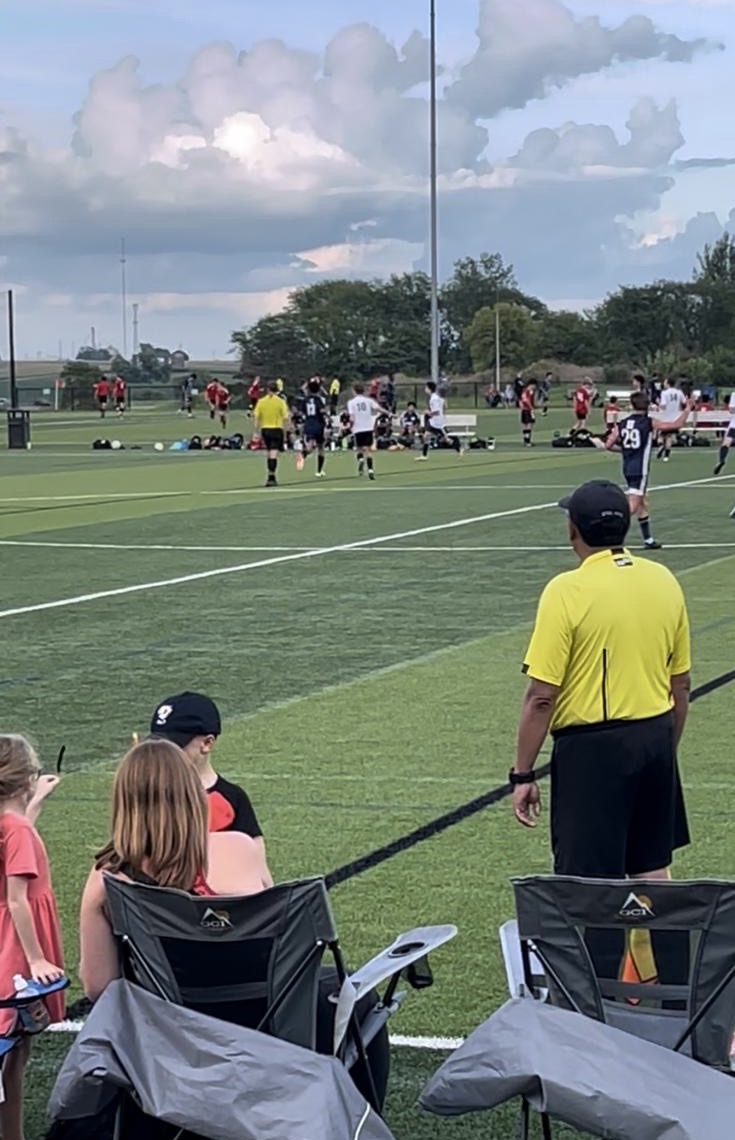
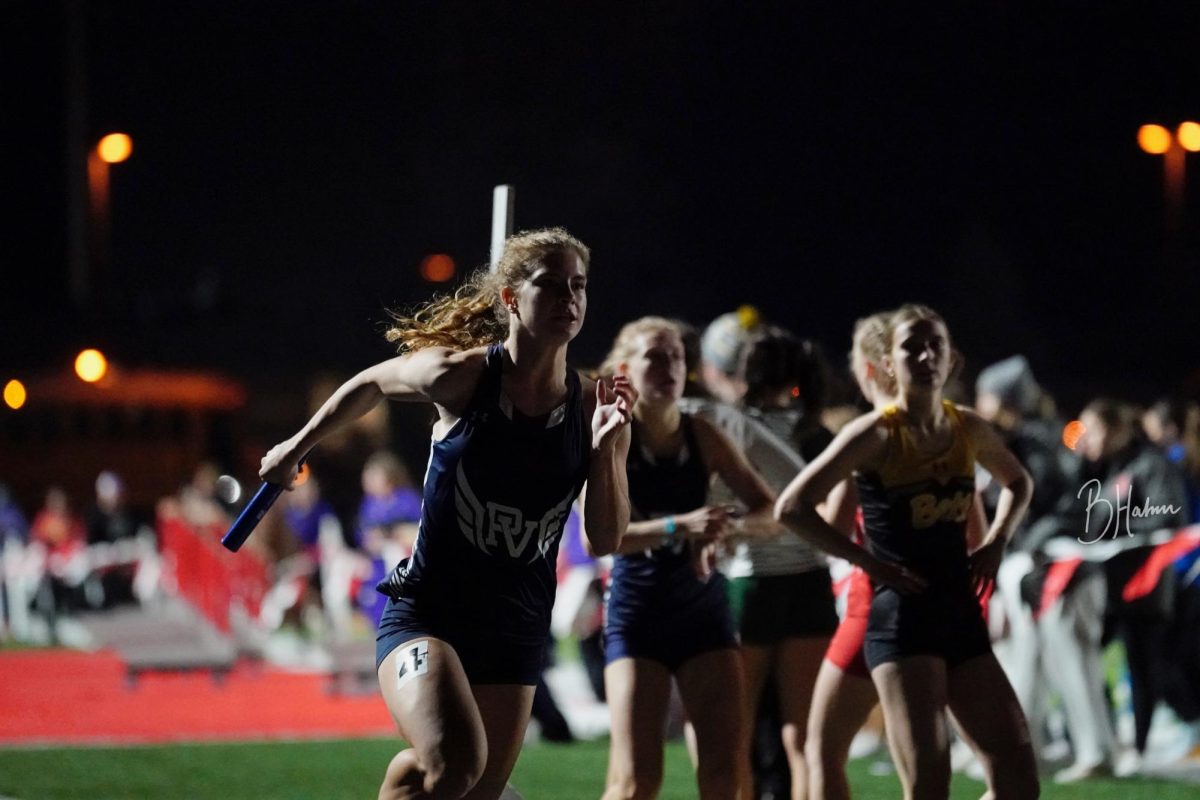
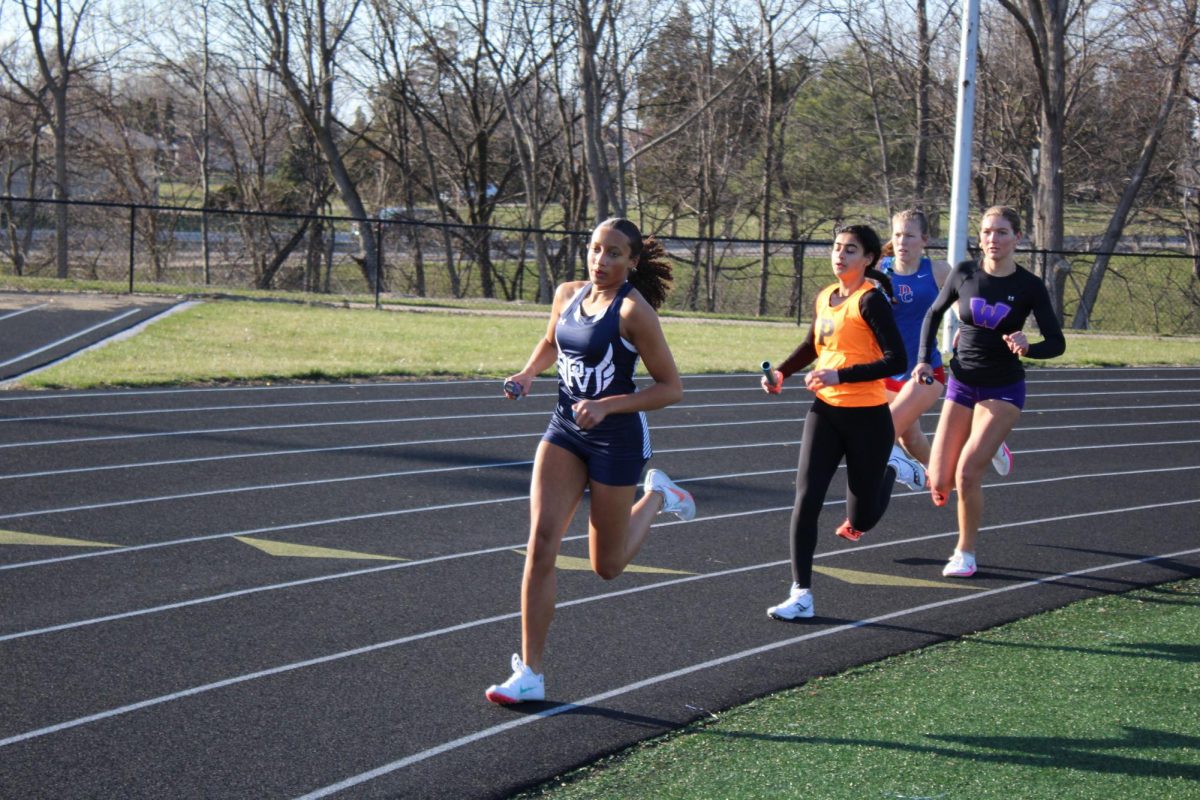

lizzie • Oct 9, 2024 at 7:31 pm
This is a great argument for physical education requirements.